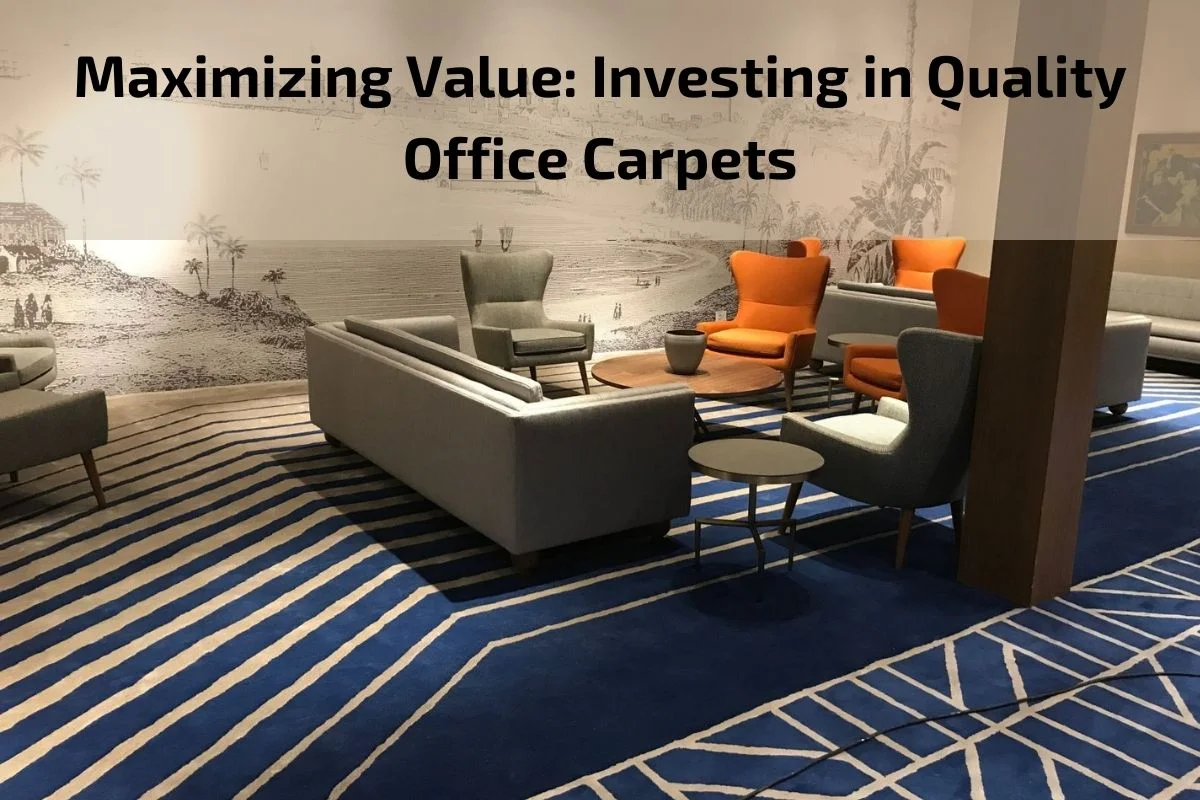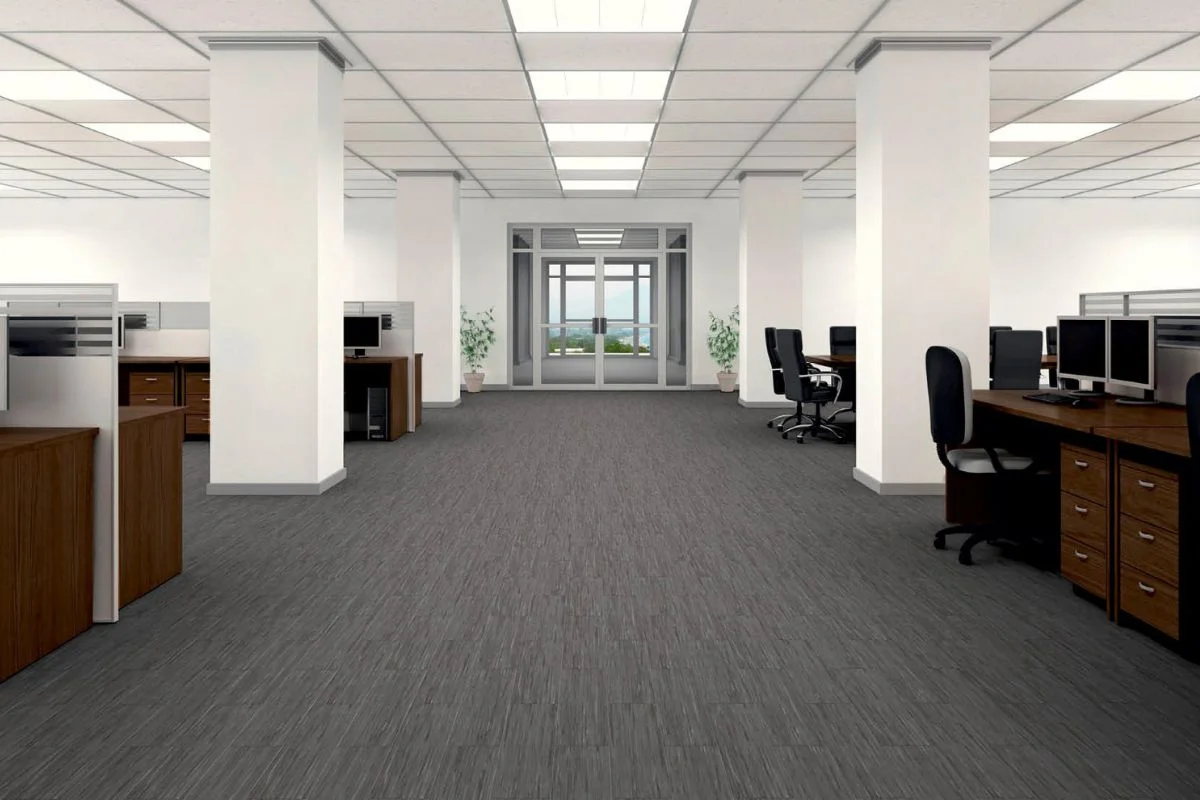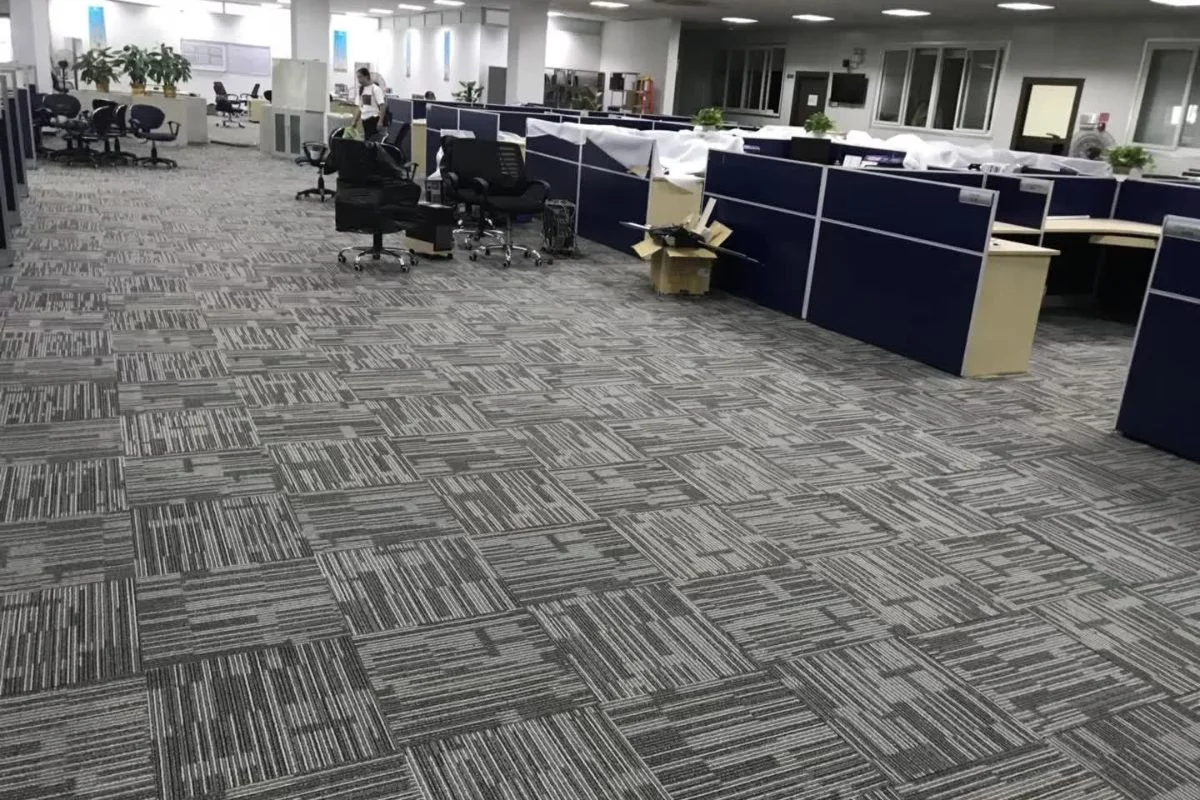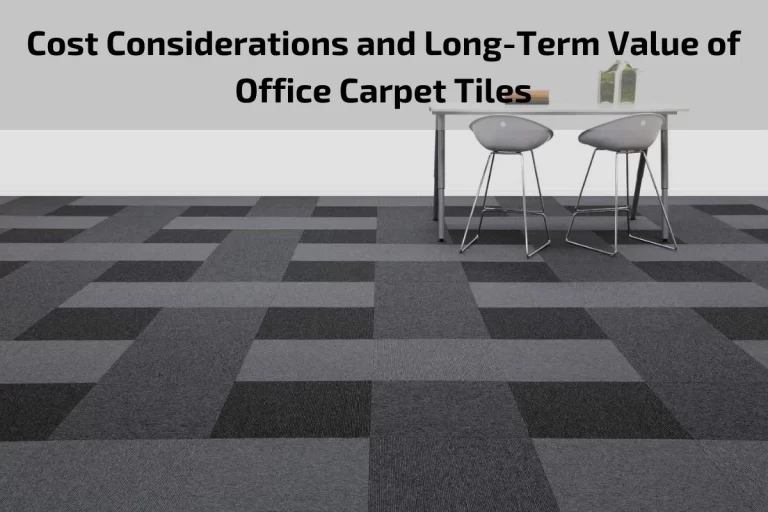Investing in quality office carpets is a strategic decision that goes beyond mere aesthetics. In today’s dynamic work environments, where productivity, employee satisfaction, and brand image are paramount, the choice of office flooring plays a crucial role in shaping the overall workplace experience. From enhancing comfort and ambiance to improving acoustics and sustainability, quality office carpets offer a multitude of benefits that contribute to the long-term value of the workspace.
In this article, we delve into the significance of investing in quality office carpets and explore the various factors that contribute to maximizing their value. From considerations of durability and design to cost-effectiveness and environmental impact, we examine how choosing the right office carpets can positively impact the bottom line while creating a conducive and inspiring work environment for employees.
Join us as we uncover the key aspects of investing in quality office carpets and discover how they can elevate the functionality, aesthetics, and overall performance of modern workplaces.
Importance of office carpets in enhancing workspaces
The importance of office carpets in enhancing workspaces cannot be overstated. Beyond mere aesthetics, office carpets play a crucial role in shaping the environment and functionality of modern workplaces. Here are several key reasons why office carpets are essential for enhancing workspaces:
Comfort and Ergonomics: Office carpets provide a soft and comfortable surface underfoot, enhancing the overall ergonomics of the workspace. Employees who spend long hours standing or walking on hard floors may experience discomfort and fatigue, which can negatively impact productivity and well-being. Carpets help alleviate strain on joints and muscles, promoting a more comfortable and supportive environment for employees.
Noise Reduction: In busy office environments, noise can be a significant distraction that hampers concentration and productivity. Office carpets act as sound absorbers, reducing noise levels and minimizing disruptions caused by footsteps, chair movement, and conversations. By absorbing sound vibrations, carpets create a quieter and more conducive atmosphere for focused work and collaboration.
Aesthetic Appeal: Office carpets contribute to the overall aesthetic appeal of the workspace, adding warmth, texture, and visual interest to the environment. The design, color, and pattern of office carpets can complement the interior decor, reflect the company’s branding, and create a professional and welcoming atmosphere for employees and visitors alike. Well-chosen carpets can enhance the overall ambiance and convey a positive impression of the workplace.
Insulation and Energy Efficiency: Carpets act as insulators, helping to maintain comfortable indoor temperatures and improve energy efficiency in office buildings. By providing an additional layer of insulation, carpets help retain heat in colder months and reduce cooling costs during warmer seasons. This thermal insulation contributes to a more sustainable and cost-effective approach to building management, promoting energy conservation and reducing environmental impact.
Safety and Slip Resistance: Office carpets offer traction and slip resistance, reducing the risk of slips, trips, and falls in the workplace. With their textured surfaces and non-slip backing, carpets provide stability and support for employees as they move around the office. This helps create a safer working environment and minimizes the likelihood of workplace accidents and injuries.
The Benefits of Office Carpets
Office carpets offer a multitude of benefits that contribute to the functionality, comfort, and aesthetic appeal of workspaces. Here are some key benefits of office carpets:
Enhanced Comfort: Office carpets provide a soft and comfortable surface underfoot, reducing strain on joints and muscles for employees who spend long hours standing or walking. The cushioning effect of carpets promotes ergonomic support and contributes to overall workplace comfort.
Noise Reduction: In bustling office environments, noise can be a significant distraction that disrupts concentration and productivity. Office carpets absorb sound vibrations, reducing noise levels and creating a quieter and more conducive atmosphere for focused work and communication.
Improved Acoustics: Along with noise reduction, office carpets help improve acoustics by minimizing echo and reverberation in open-plan spaces. This creates a more comfortable and harmonious auditory environment, enhancing communication and collaboration among employees.
Aesthetic Appeal: Office carpets add visual interest and warmth to the workplace, enhancing the overall aesthetic appeal of interior spaces. With a wide range of colors, patterns, and textures to choose from, carpets can complement the interior decor, reflect the company’s branding, and create a professional and welcoming atmosphere.
Insulation and Energy Efficiency: Carpets act as insulators, helping to maintain comfortable indoor temperatures and improve energy efficiency in office buildings. By providing an additional layer of thermal insulation, carpets help retain heat in colder months and reduce cooling costs during warmer seasons, contributing to energy conservation and cost savings.
Safety and Slip Resistance: Office carpets offer traction and slip resistance, reducing the risk of slips, trips, and falls in the workplace. With their textured surfaces and non-slip backing, carpets provide stability and support for employees as they move around the office, promoting a safer working environment.
Durability and Longevity: High-quality office carpets are designed to withstand heavy foot traffic and maintain their appearance over time. With proper maintenance and care, durable carpets can last for years, providing long-term value and cost-effectiveness for businesses.
Flexibility and Customization: Carpets offer flexibility in design and installation, allowing for customization to suit the specific needs and preferences of different office spaces. Carpet tiles, in particular, offer modular flexibility, easy replacement, and the ability to create unique patterns and designs.
Choosing the Right Office Carpets
Choosing the right office carpets is a crucial decision that can significantly impact the functionality, aesthetics, and overall atmosphere of the workspace. Here are some key considerations to keep in mind when selecting office carpets:
Traffic and Usage Patterns: Consider the level of foot traffic and usage patterns in the office space. High-traffic areas such as corridors, entrances, and common areas may require more durable carpets with stain-resistant properties, while less frequented areas may afford more flexibility in carpet selection.
Durability and Longevity: Opt for office carpets that are designed to withstand the rigors of daily use and maintain their appearance over time. Look for carpets made from high-quality materials such as nylon or wool, which offer durability, resilience, and longevity, even in high-traffic environments.
Maintenance Requirements: Assess the maintenance requirements of different carpet options and choose carpets that are easy to clean and maintain. Consider factors such as stain resistance, soil repellency, and ease of vacuuming or steam cleaning to ensure that the carpets remain looking fresh and presentable with minimal effort.
Design and Aesthetics: Select office carpets that complement the interior decor, branding, and overall design scheme of the workspace. Consider factors such as color, pattern, and texture to create a cohesive and visually appealing environment that reflects the company’s image and values.
Acoustic Properties: Evaluate the acoustic properties of office carpets and choose carpets that help minimize noise and reverberation in the workplace. Carpets with sound-absorbing backing or underlay can help create a quieter and more conducive atmosphere for focused work and communication.
Environmental Considerations: Look for office carpets that prioritize environmental sustainability and eco-friendly manufacturing practices. Choose carpets made from recycled materials, low-VOC (volatile organic compound) emissions, or certified sustainable fibers to minimize environmental impact and promote corporate sustainability goals.
Installation Method: Consider the installation method for office carpets and choose between broadloom carpets and carpet tiles based on the specific needs and layout of the workspace. Carpet tiles offer modular flexibility, easy replacement, and customization options, while broadloom carpets provide seamless coverage and a more traditional look.
Budget Constraints: Set a budget for office carpet installation and explore options that offer the best balance of quality, durability, and affordability. Consider the total cost of ownership, including installation, maintenance, and replacement costs, to make informed decisions that align with budgetary constraints.
Maintenance Tips for Office Carpets
Maintaining office carpets is essential for preserving their appearance, longevity, and overall functionality. Here are some maintenance tips for keeping office carpets clean and well-maintained:
Regular Vacuuming: Vacuum the office carpets on a regular basis to remove dirt, dust, and debris that accumulate over time. Use a high-quality vacuum cleaner with adjustable settings to effectively clean both low and high-pile carpets.
Address Spills Promptly: Attend to spills and stains immediately to prevent them from setting into the carpet fibers. Blot the spill with a clean cloth or paper towel to absorb excess liquid, then use a mild detergent solution and water to gently blot and clean the affected area.
Use Entrance Mats: Place entrance mats at doorways and high-traffic areas to trap dirt, moisture, and debris before they reach the office carpets. Regularly clean and maintain entrance mats to prevent them from becoming saturated or ineffective.
Rotate Furniture: Periodically rotate furniture and heavy objects placed on office carpets to prevent excessive wear and indentation marks. Use furniture pads or coasters under chair legs and heavy furniture to distribute weight and protect the carpet fibers.
Professional Cleaning: Schedule professional carpet cleaning services on a regular basis to deep clean and refresh the office carpets. Professional cleaners use specialized equipment and techniques to remove embedded dirt, stains, and allergens, extending the lifespan of the carpets.
Spot Treatments: Treat isolated stains and spots with appropriate carpet cleaning products and techniques. Test any cleaning solution on a small, inconspicuous area of the carpet first to ensure compatibility and prevent damage.
Protect High-Traffic Areas: Consider using carpet runners or area rugs in high-traffic zones to protect the underlying carpet from excessive wear and tear. Rotate and clean area rugs regularly to prevent dirt buildup and maintain their appearance.
Preventive Maintenance: Implement preventive maintenance measures such as regular carpet inspections, spot cleaning, and proactive repairs to address minor issues before they escalate. Monitor the condition of the office carpets and address any signs of wear, tear, or damage promptly.
Control Humidity Levels: Maintain optimal indoor humidity levels to prevent mold, mildew, and moisture-related issues in office carpets. Use dehumidifiers or HVAC systems to regulate humidity levels and ensure proper ventilation in the workspace.
Conclusion
In conclusion, office carpets play a vital role in creating comfortable, productive, and aesthetically pleasing workspaces. They provide numerous benefits, including comfort underfoot, noise reduction, improved acoustics, and enhanced safety. Selecting the right office carpets involves considering factors such as durability, maintenance requirements, design aesthetics, and environmental considerations








